Bankruptcy Law Overview
Bankruptcy law provides a legal framework for individuals and businesses to eliminate or restructure debts under federal court protection.

Key Components of Bankruptcy Law
Chapter 7 (Liquidation)
- Definition: Liquidating non-exempt assets to pay off creditors.
- Example: An individual discharges eligible debts after asset liquidation.
Chapter 13 (Reorganization)
Definition: Creating a repayment plan for individuals with regular income.
Example: A debtor repays a portion of their debts over five years.
Chapter 11 (Reorganization)
Definition: Restructuring debts for businesses to continue operations.
Example: A corporation reorganizes its debt to stay in business.
Chapter 12 (Family Farmers and Fishermen)
Definition: Debt relief for family farmers and fishermen.
Example: A family farm creates a repayment plan for debts.
Federal Laws
Bankruptcy Code: Governs all bankruptcy proceedings.
State Laws
May offer additional exemptions and protections.
Example: A debtor uses state exemptions to protect certain assets in bankruptcy.
Causes of Action
- Debtors transferring assets to avoid creditors.
- Creditors continuing collection efforts despite the stay.
- Creditors attempting to collect discharged debts.
Resolutions and Remedies
- Discharge of Debts: Eliminating eligible debts.
- Repayment Plans: Court-approved plans to repay debts over time.
- Automatic Stay: Halting collection actions during bankruptcy proceedings.
